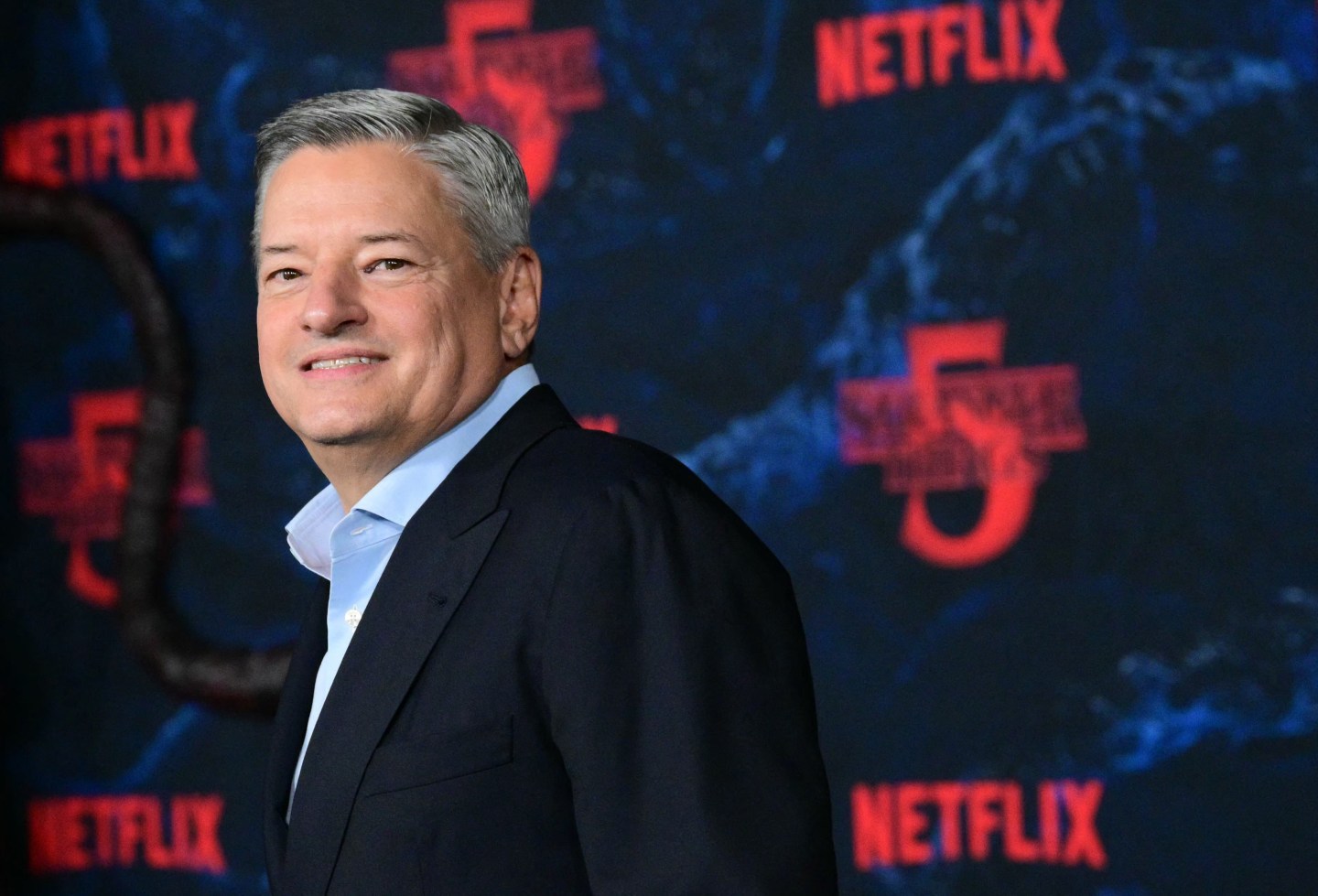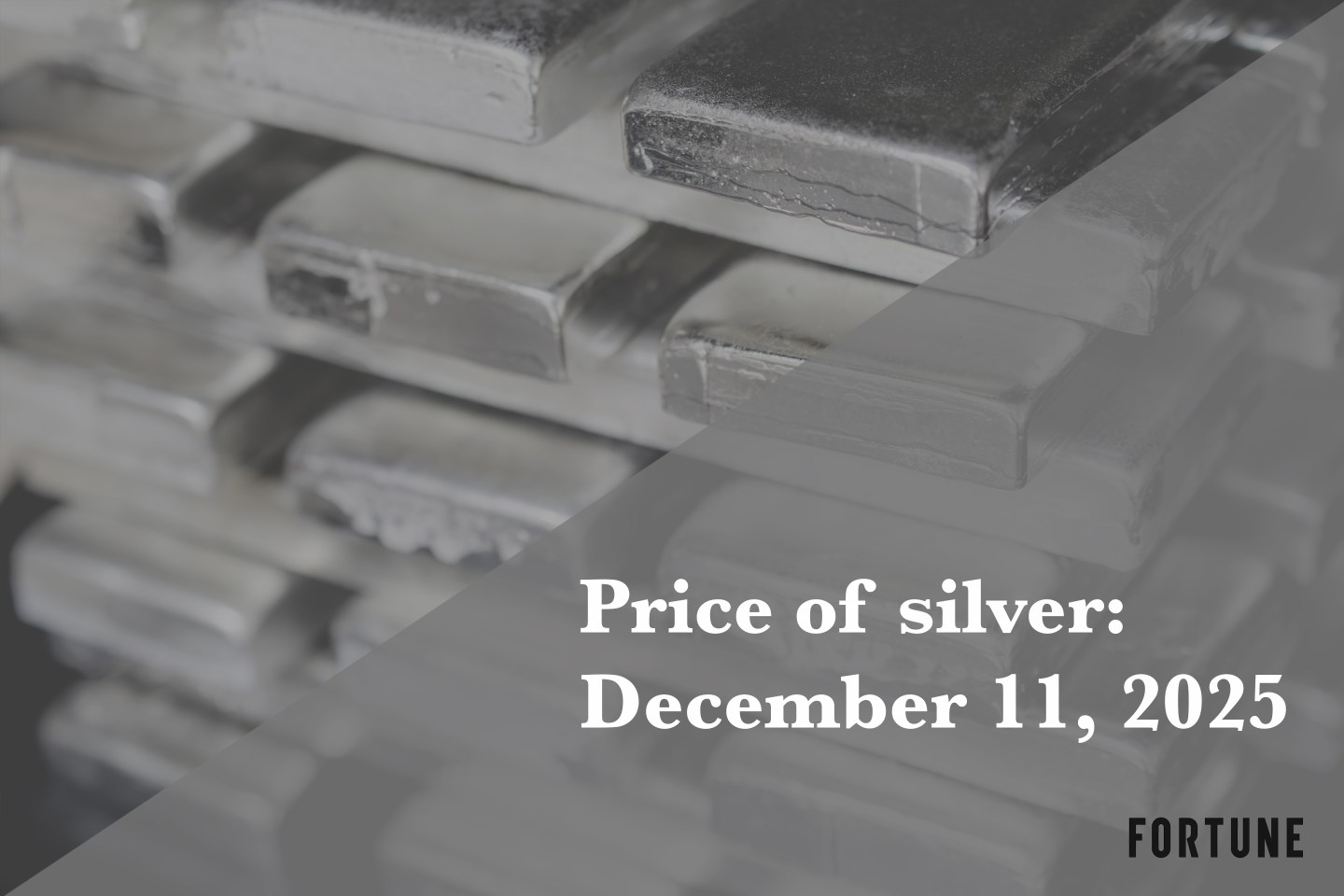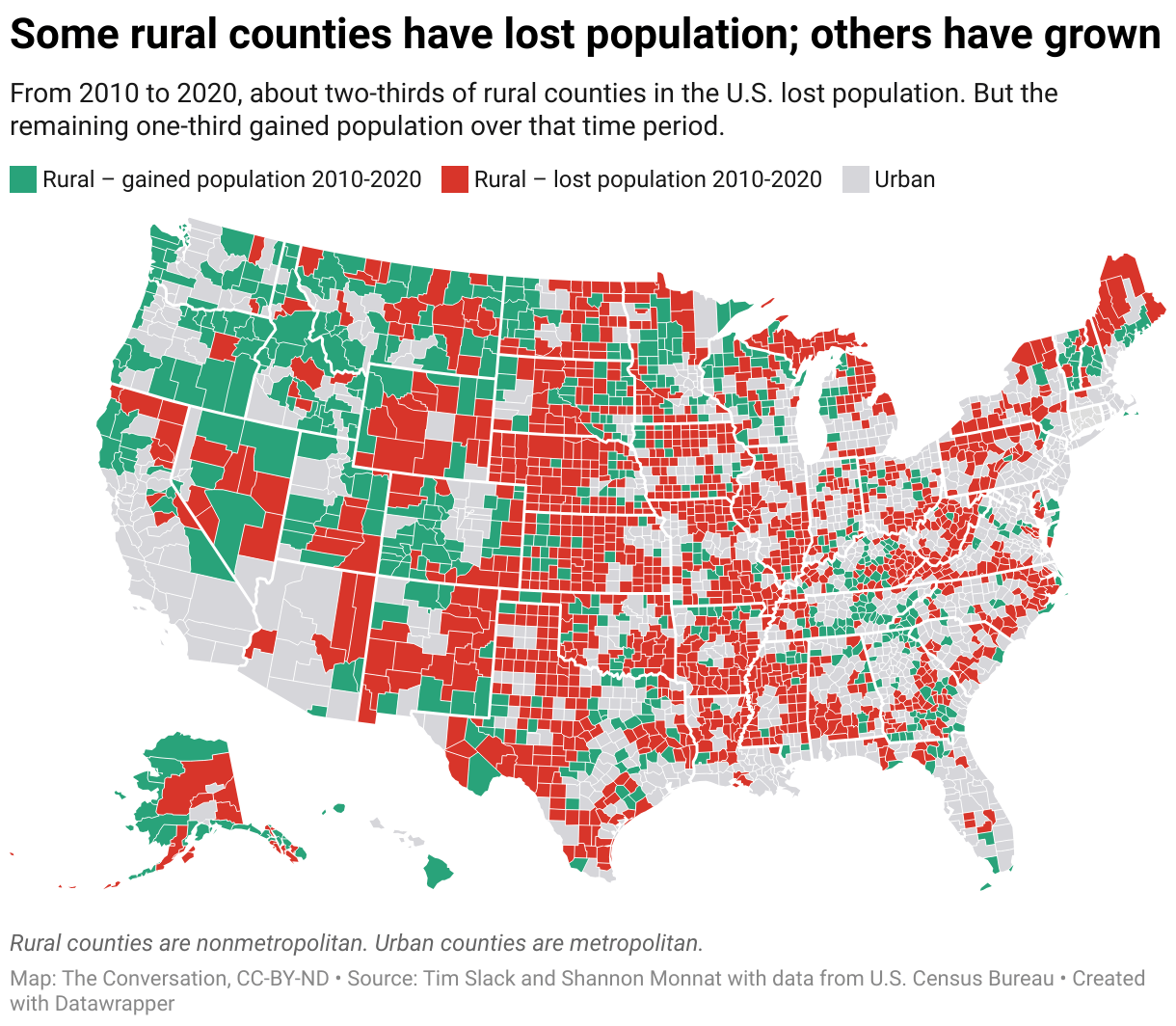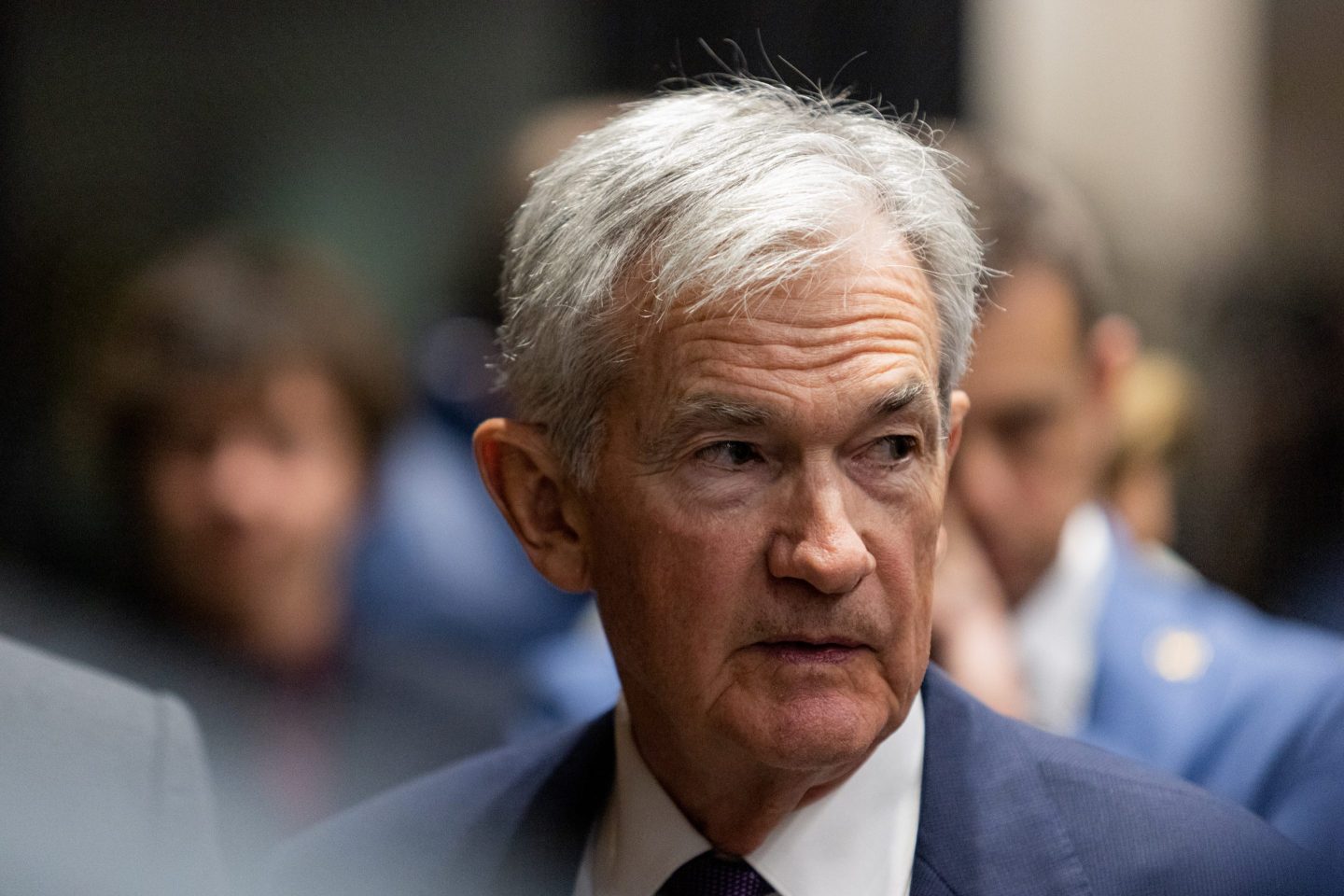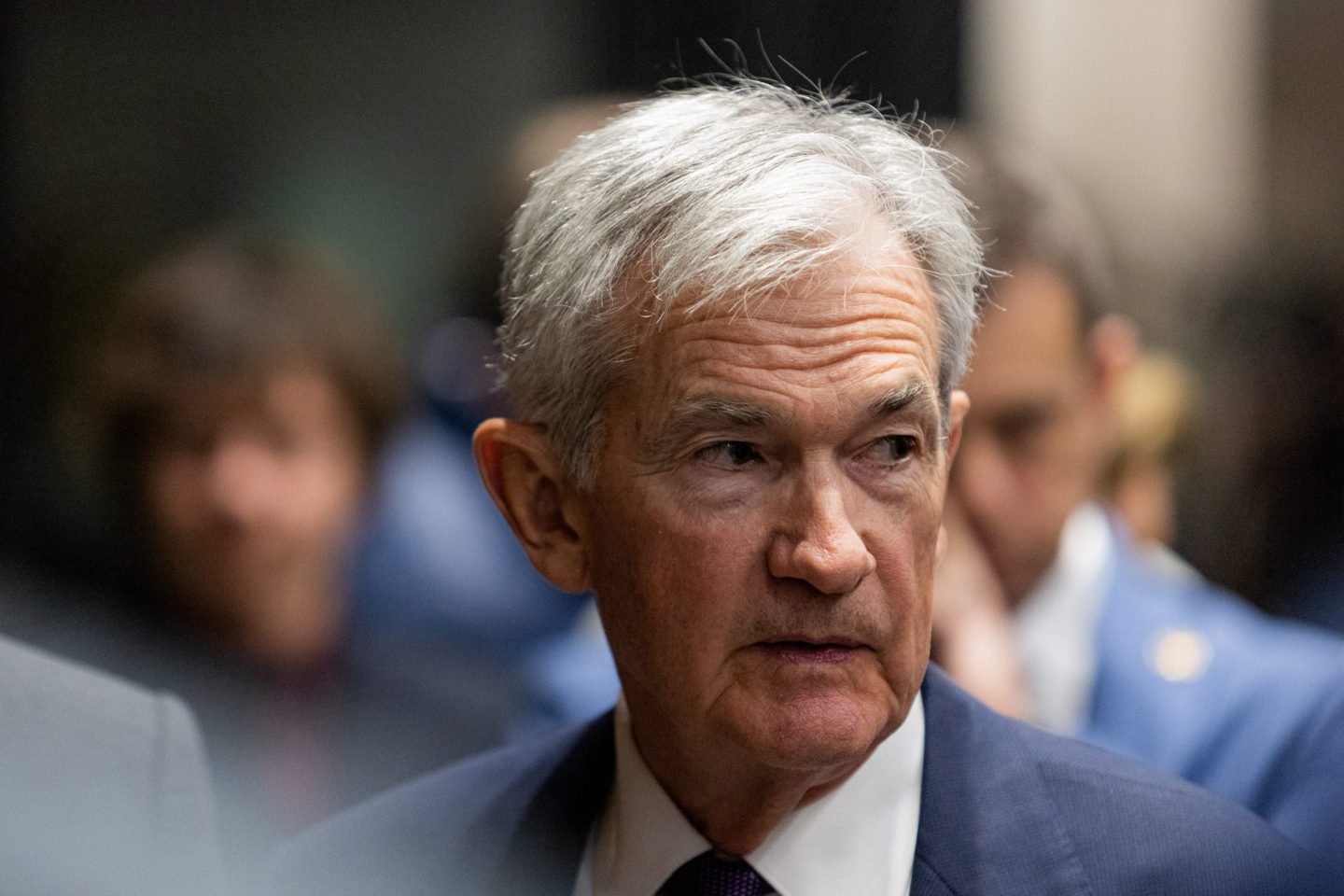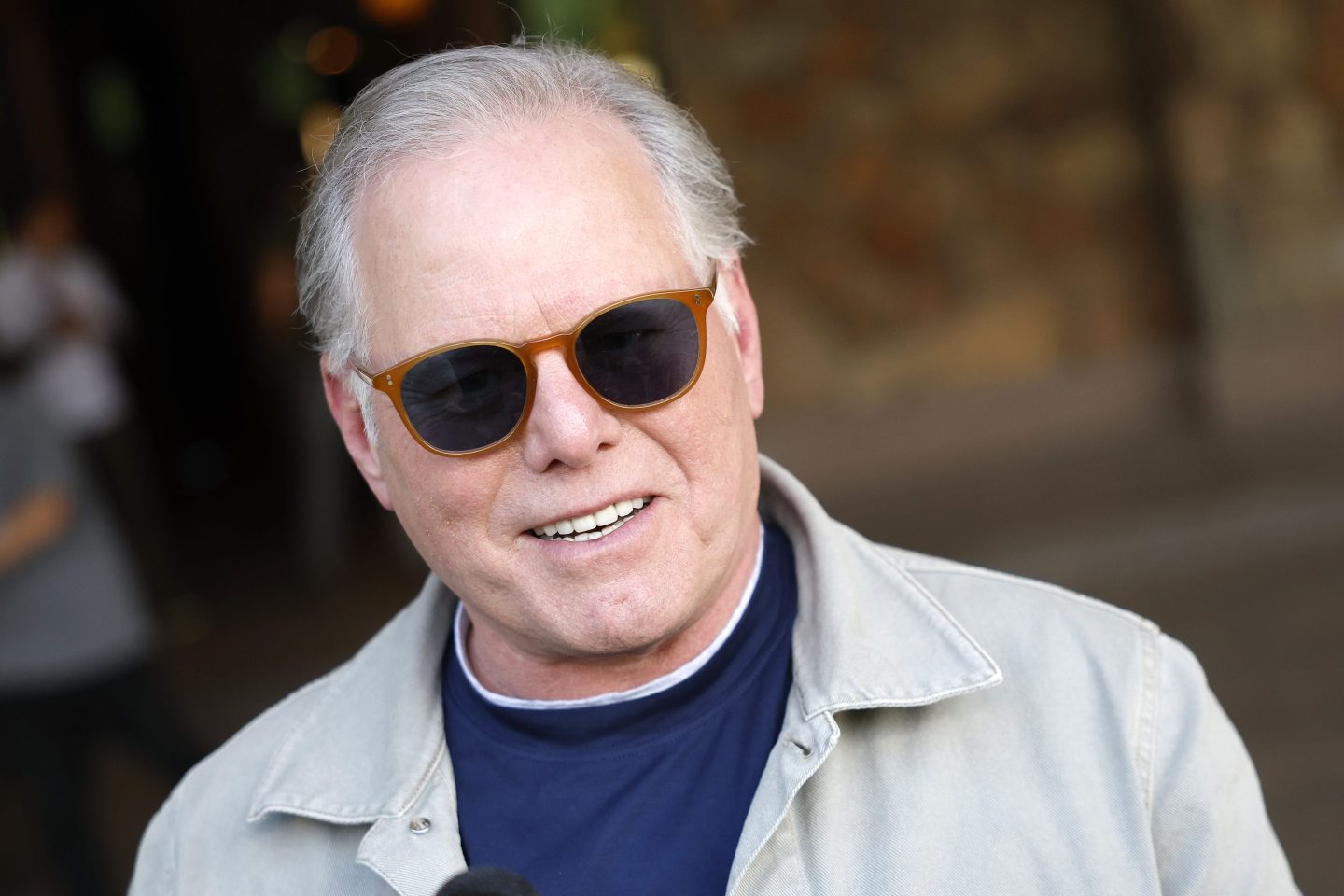Faraday Future lifted the veil Tuesday on the FF91, an Internet-connected autonomous electric vehicle it describes as the birth of a new breed. The lingering question is whether it can make and deliver this vehicle to the marketplace.
For $5,000, consumers can earn a priority place in the reservation line for this “new species,” an all-electric vehicle that will get an estimated 378 miles on a single charge and is expected to be delivered in 2018.
Those who pony up the refundable deposit will be eligible to upgrade their reservation this spring to the FF 91 Alliance Edition, 300 personalized models that will have an edition-exclusive, paint color. Reserving a standard non-priority spot is free.
The event itself was filled with much of the pomp and circumstance that garnered the startup so much criticism last year when it showed off its concept vehicle at an event ahead of CES, the annual consumer electronics show in Las Vegas.
Faraday Future returned to CES this year, and found some redemption. The startup showed a vehicle that could actually drive—including a live pseudo-drag race demo onstage—and park itself without a human at the wheel.
There were also a lot of promises. The FF91 was presented as a highly customized vehicle that will recognize passengers as they approach. The 1,050 horsepower vehicle is also equipped with two Internet hotspots to ensure passengers have a constant connection to digital content, contains the “greatest battery pack density,” and is the fastest on the road—per the company’s track tests. It’s a lot; and won’t be verified until the vehicle hits the marketplace, if it ever does.
“We’re not stopping with automotive,” said Nick Sampson, Faraday Future’s senior vice president of R&D and engineering. “We don’t consider ourselves a car company, we’re a technology company reformatting the future of mobility.”
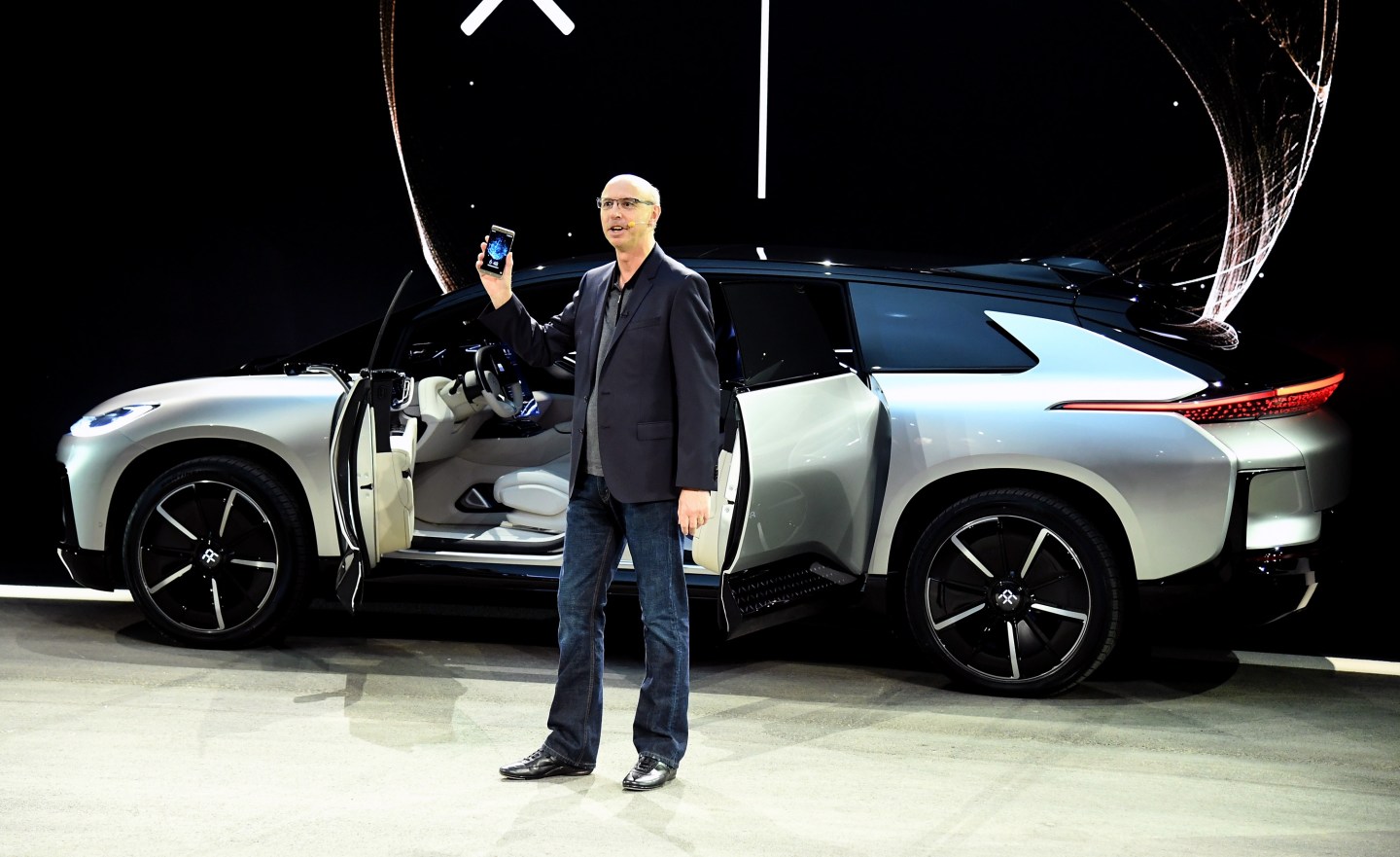
There were some missteps as well. The company’s primary backer, LeEco founder Jia Yueting, came onstage to demonstrate its autonomous driving, and the FF91 couldn’t be convinced to move. Later, the car successfully crept forward to center stage on its own.
Get Data Sheet, Fortune’s technology newsletter.
Faraday Future describes the FF91 as a production car, which customers can now reserve via their website. Faraday Future isn’t expected to begin deliveries until 2018, which could mean anywhere between 12 and 23 months from now.
The reveal follows weeks of teasers and a number of troubling developments, including the departure of several key executives, questions of Yueting’s access to capital, and the halt of construction on its factory in North Las Vegas.
None of these problems were mentioned, of course. In one segment of the evening, a video montage of earthmovers clearing dirt at the site of the new factory was shown. Sampson then declared that Phase 1, the grading portion that began in April, was complete and that Phase 2 would begin soon.
Despite its troubles, Sampson closed the event with a promise to remain persistent and quiet the company’s critics.
“Without a shadow of a doubt, despite the naysayers, the skeptics, we will persist,” Sampson said. “We will carry on to make the impossible, possible.”
This article was updated at 1 a.m ET



